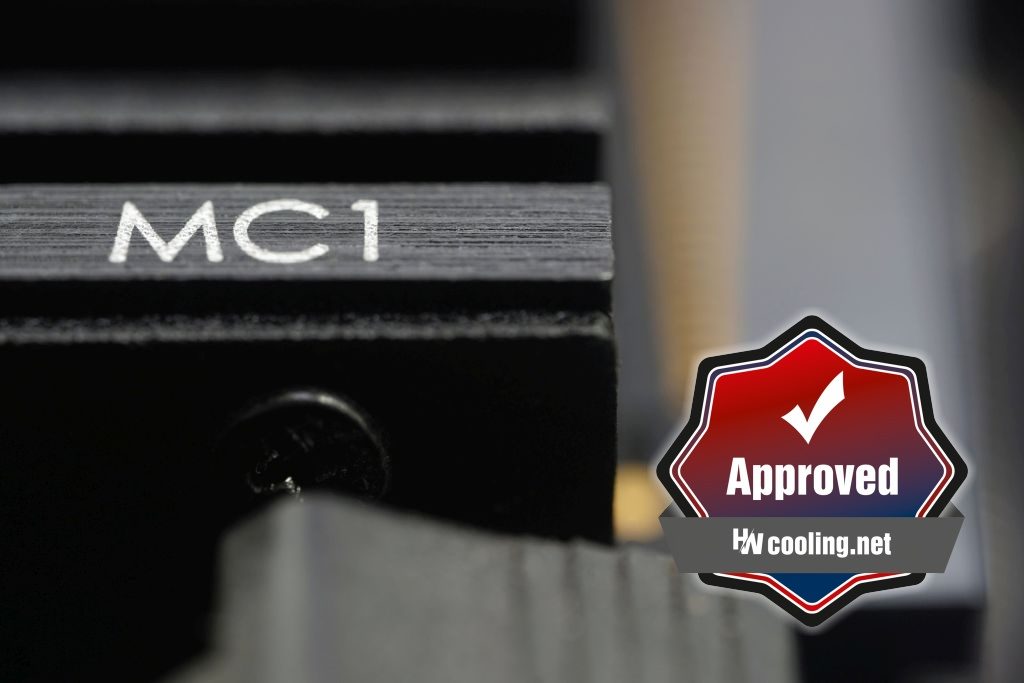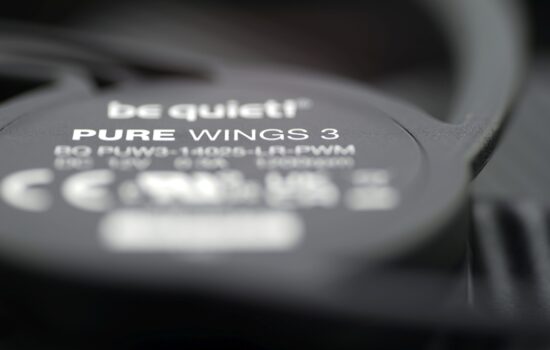Conclusion
The coexistence of third-party SSD coolers that are sold separately with the ones you get in the price of the motherboard invites closer examination. Which of these solutions makes more sense and when? We’ll start answering that question starting now, beginning with an analysis of the BeQuiet MC1 cooler, which will be the first to be confronted with a whole host of motherboard SSD coolers.
Conclusion
With cheaper SSD coolers, don’t expect what is usually the case with CPU coolers – namely, that replacing the bundled solution means a gain in cooling performance. With BeQuiet! MC1, you could make the SSD run worse in many cases.
In short, some coolers in motherboards are significantly larger and at 5 times less weight, the MC1 cannot perform better. Only comparisons with coolers of similar weight show this as an effective design, where the vast majority of motherboard solutions lag behind. For example, because they have a less articulated surface or because they do not have a backplate. It, in addition to dissipating heat, also reinforces the SSD from underneath and provides better contact with the finned part.
Performance-wise, the BeQuiet! MC1 is right in the middle of coolers you get with motherboards. It loses roughly 20 % to designs with the highest cooling capacity and you can expect such a lead with MC1 against the “weakest” ones as well. Either way, given the overall lower cooling needs of SSDs, there are few situations where it would make sense to replace the original SSD cooler with the MC1.
This cooler should thus be seen more as an additional solution for boards that do not have an SSD cooler. For example, some cheaper boards have only one cooler, for the first slot, while there are always more four-lane M.2 slots for SSDs (like on the MSI Pro Z690-A DDR4). For situations like this, where cooling needs to be improved, and board equipment won’t help, BeQuiet! MC1 is a good choice.
So it is not a cooler with top cooling performance, it does not even have the parameters – proportions, but it still reduces the temperature by 20 °C (compared to if no cooler was used on the SSD). At the same time, it should be noted that this is a kind of “basic” model, which is followed by the larger MC1 Pro. We will discuss the features of that one some other time.
English translation and edit by Jozef Dudáš
| BeQuiet! MC1 |
| + High cooling performance. Significantly reduces SSD temps |
| + Efficient design. High TDP given the lower weight |
| + Thicker, soft thermal pads compensate well for height differences of SSD components |
| + Robust design (due to the backplate, the SSD does not flex) |
| + Excellent compatibility, does not clash with expansion cards |
| - Lower cooling performance compared to many motherboard solutions |
| - Somewhat awkward mounting on single-sided SSDs |
| Approximate retail price: 11 EUR |












